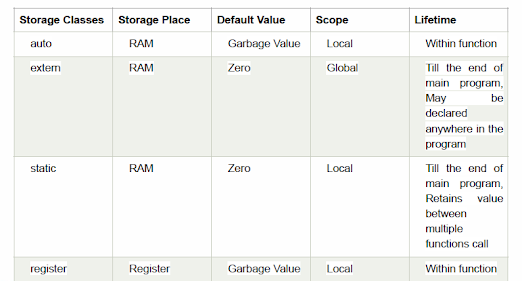INTRODUCTION OF CONSTANTS
INTRODUCTION
❖ Constants in C are the fixed values that are used in a program, and its value remains the same during
the entire execution of the program.
❖ Constants are also called literals.
❖ Constants can be any of the data types.
❖ It is considered best practice to define constants using only upper-case names.
❖ Syntax:
const type constant_name;
const keyword defines a constant in C.
Example Program for Constants
#include<stdio.h>
main()
{
const int SIDE = 10;
int area;
area = SIDE*SIDE;
printf("The area of the square with side: %d is: %d sq. units"
, SIDE, area);
}
Output
The area of the square with side:10
is:100 sq. units
Types of Constants
Constants Types in C
❖ Constants are categorized into two basic types, and each of these types has its subtypes/categories.
These are:
❖ Primary Constants
❖ Numeric Constants
Integer Constants
Real Constants
❖ Character Constants
Single Character Constants
String Constants
Backslash Character Constants
Integer Constants:
❖ It's referring to a sequence of digits. Integers are of three types viz:
1. Decimal Integer
2. Octal Integer
3. Hexadecimal Integer
❖ Example:
15, -265, 0, 99818, +25, 045, 0X6
Real Constants:
❖ The numbers containing fractional parts like 99.25 are called real or floating points constant.
Single Character Constants:
It simply contains a single character enclosed within ' and ' (a pair of single quote). It is to be noted that the
character '8' is not the same as 8. Character constants have a specific set of integer values known as ASCII
values (American Standard Code for Information Interchange).
Example:
'X', '5', ';'
String Constants:
These are a sequence of characters enclosed in double quotes, and they may include letters, digits, special
characters, and blank spaces. It is again to be noted that "G" and 'G' are different - because "G" represents
a string as it is enclosed within a pair of double quotes whereas 'G' represents a single character.
Example:
"Hello!", "2015", "2+1“
Blackslash Character Constants:
C supports some character constants having a backslash in front of it. The lists of backslash characters
have a specific meaning which is known to the compiler. They are also termed as "Escape Sequence".
Example:
\t is used to give a tab
\n is used to give a new line
Blackslash Character Constants:
Constants Meaning
\a - beep sound
\b - backspace
\f - form feed
\n - new line
\r - carriage return
\t - horizontal tab
\v - vertical tab
\' - single quote
\" - double quote
\\ - backslash
\0 - null
Enumeration (or enum) in C
Structure of C
❖ Enumeration (or enum) is a user defined data type in C. It is mainly used to assign names to integral
constants, the names make a program easy to read and maintain.
❖ Example:
enum State {Working = 1, Failed = 0};
❖ The keyword ‘enum’ is used to declare new enumeration types in C and C++.
❖ Syntax:
Where,
The name of enumeration is "flag" and the constant are the values of the flag.
By default, the values of the constants are as follows:
constant1 = 0, constant2 = 1, constant3 = 2
enum flag{constant1, constant2, constant3, ....... };
Example C program
#include<stdio.h>
#include<conio.h>
enum
month{Jan,feb,mar,apr,may,june,july,aug,sep,
oct,nov,dec};
void main()
{
int i;
clrscr();
for(i=Jan;i<=dec;i++)
printf("\n%d",i);
getch();
}
Output
0
1
2
3
4
5
6
7
8
9
10
11


Wow wonderful
ReplyDelete